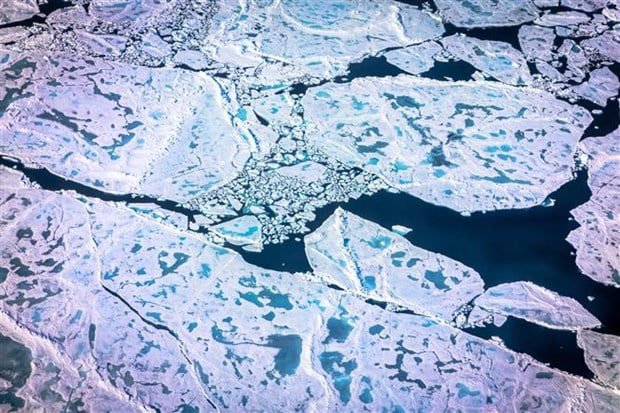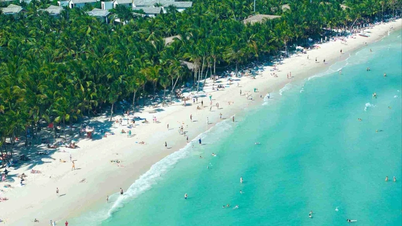
On April 21, the World Meteorological Organization (WMO) warned that global sea levels are rising twice as fast as they did in the decade 1993-2002 when data was first collected and reached a new record high last year.
In a detailed report on the devastation of climate change, the WMO said that in the decade 2013-2022, the global average sea level rose by 4.62mm/year, double that of the decade 1993-2002, mainly due to melting glaciers and record-breaking ocean temperatures.
Thus, since the early 90s of the last century until now, the global average sea level has risen a total of more than 10cm.
Rising sea levels threaten some coastal cities and the survival of low-lying nations like Tuvalu.
WMO Secretary-General Petteri Taalas said greenhouse gas concentrations in the atmosphere continued to hit record levels, increasing temperatures on land and in the oceans, causing ice sheets and glaciers to melt, sea levels to rise and the acidification of the oceans.
He warned that the disappearance of glaciers would reduce freshwater supplies for humans and agriculture , and disrupt shipping routes.
The WMO's annual report, released a day before Earth Day (April 22), also showed that Antarctic sea ice melted and fell to a record low in June-July 2022.
The oceans also saw their highest temperatures on record, with about 58% of the ocean surface experiencing a heatwave.
However, the head of the WMO said the world has the right tools to combat climate change, including green energy solutions.
He predicted that the temperature on the Blue Planet could increase by 2.5-3 degrees Celsius compared to the pre-industrial period, instead of the 3-5 degrees Celsius increase as predicted in 2014.
According to this official, there is no longer a link between economic growth and emissions growth as 32 countries in the world have reduced emissions but their economies are still growing./.
(Vietnam+)
Source
































































































Comment (0)